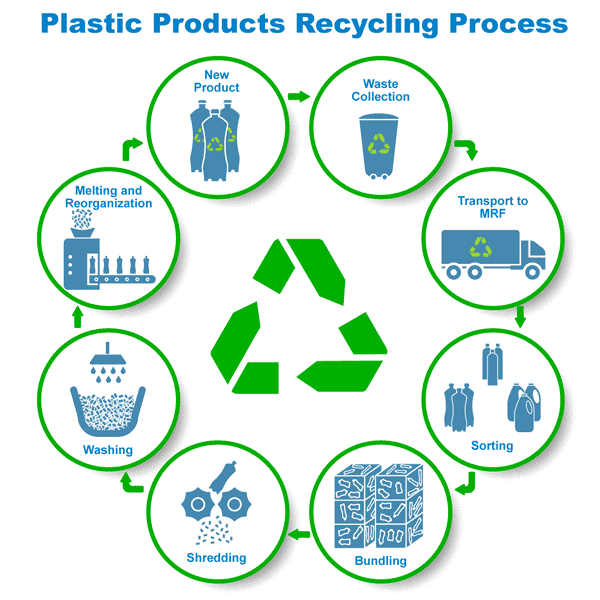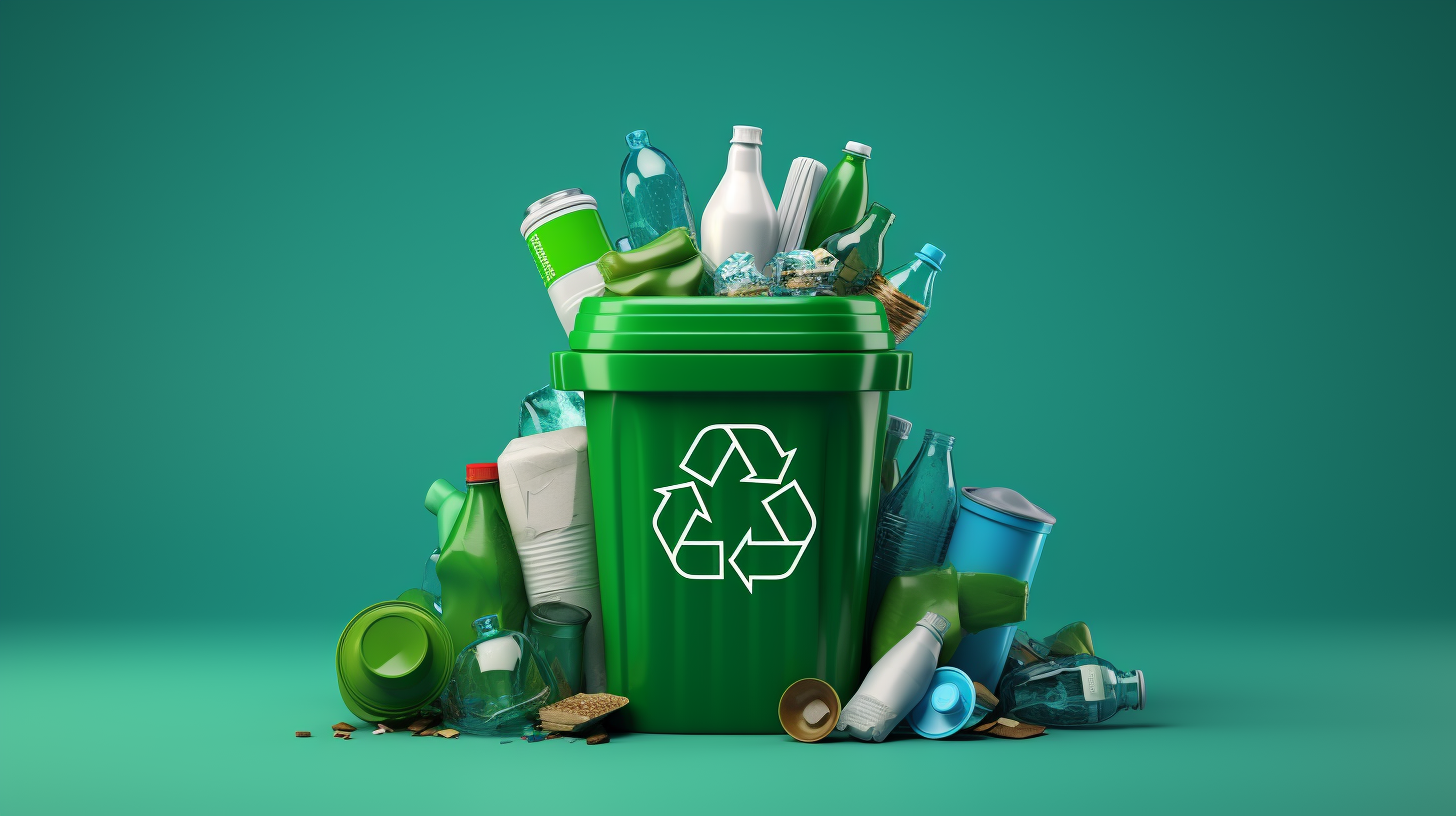Comprehending the Classification and Handling of Various Types of Waste
Efficient waste administration is critical for environmental sustainability, calling for an extensive understanding of the category and handling of various waste types. Family waste, commercial byproducts, hazardous materials, digital refuse, and natural remnants each demand unique procedures to guarantee safety and reduce ecological damage.

Household Waste
Household waste, encompassing a broad range of thrown out products generated from everyday living tasks, represents a significant element of the overall waste stream - recycling lives services. This category consists of natural waste such as food scraps, lawn trimmings, and paper items, together with not natural products like plastics, metals, and glass. The diverse nature of household waste demands efficient category and monitoring to mitigate environmental influence and advertise sustainable living practices
Efficient house waste management starts with partition at the resource, assisting in recycling, composting, and risk-free disposal. Organic waste, as an example, can be composted to generate nutrient-rich dirt amendments, minimizing garbage dump worry and enhancing dirt health and wellness. Recyclable products, including paper, glass, and certain plastics, can be processed and repurposed, saving sources and decreasing power usage linked with brand-new material manufacturing.
Moreover, harmful home waste such as batteries, digital gadgets, and cleansing chemicals needs specialized handling to stop soil and water contamination. Public awareness projects and convenient disposal options play important functions in guaranteeing proper disposal and recycling of these materials. By carrying out durable waste decrease approaches and promoting community engagement, districts can substantially ease the environmental footprint of household waste.
Hazardous Waste
Hazardous waste, a significant contributor to international waste generation, includes a varied series of materials produced by manufacturing, building, and various other industrial activities. This classification includes byproducts such as scrap metal, plastics, rubber, chemicals, and other deposits. The structure and quantity of commercial waste can differ significantly depending upon the industry and production procedures entailed. Reliable monitoring of industrial waste is critical for lessening ecological influence and promoting sustainable methods.
The handling of commercial waste commonly entails several procedures: collection, disposal, segregation, and treatment. Collection systems are designed to successfully collect waste products from numerous resources within an industrial operation. Partition is crucial, as it makes certain recyclable products are divided from non-recyclable ones, which can be routed in the direction of appropriate recycling or disposal networks. Therapy procedures, consisting of physical, chemical, and biological methods, are utilized to reduce the toxicity, volume, and environmental influence of the waste. Lastly, disposal techniques like landfilling or incineration are made use of for waste that can not be recycled or treated.
Taking on approaches such as waste minimization, resource recovery, and recycling can significantly decrease the concern of hazardous waste on the environment, adding to even more lasting commercial techniques.
Contaminated Materials

Corrosive wastes can harm or destroy living tissues and products. Combustible wastes can quickly fire up, posturing fire risks, while reactive wastes can create explosions or launch hazardous gases upon contact with various other compounds.
Efficient hazardous waste administration entails several essential methods: recognition and segregation of unsafe products, safe transportation and storage, and suitable therapy and disposal. Treatment techniques might include chemical neutralization, stabilization, and incineration. Governing conformity is important, guided by frameworks such as the Source Preservation and Recuperation Act (RCRA) in the USA, which ensures ecologically audio and secure management of contaminated materials.
Digital Waste
Electronic waste, frequently abbreviated as e-waste, stands for a growing obstacle in waste administration as a result of the quick obsolescence of innovation. This group includes a broad variety of discarded electronic gadgets, consisting of smart devices, computers, televisions, and family appliances. The intricacy of e-waste hinges on its structure; these products include a combination of beneficial materials such as gold and copper, in addition to dangerous compounds like mercury, cadmium, and lead.

Regulations and regulations, such as the European Union's Waste Digital and electrical Devices (WEEE) Instruction, purpose to promote liable e-waste monitoring. These policies mandate suppliers to help with the collection and recycling of digital items, thereby lowering the worry on garbage dumps and decreasing environmental contamination.
Organic Waste
Organic waste, incorporating naturally degradable materials such as food scraps, backyard trimmings, and farming deposits, constitutes a substantial part of the local solid waste stream. This sort of waste is remarkable not only for its volume however likewise for its potential ecological effect otherwise managed correctly. Organic waste can decay anaerobically in garbage dumps, producing methane, a powerful greenhouse gas adding to environment adjustment.
Proper handling of natural waste includes a number of approaches. Composting is an extensively adopted approach, transforming natural products into valuable compost that can best site improve soil and assistance lasting farming. This procedure likewise minimizes the quantity of waste sent out to land fills. An additional technique is anaerobic food digestion, which breaks down raw material in the lack of oxygen, generating biogas that can be made use of as a renewable resource source. In addition, diverting food waste from landfills with contribution programs can ease food instability while decreasing waste.
Municipalities and businesses are increasingly recognizing the relevance of organic waste monitoring. Applying comprehensive read the article organic waste reusing programs not only minimizes ecological impacts yet also straightens with more comprehensive sustainability objectives, advertising a round economic situation where resources are constantly reused and repurposed.
Verdict
Effective waste monitoring and environmental security require a detailed understanding of the category and handling of numerous waste types. Carrying out suitable approaches for each waste kind makes certain secure and responsible waste monitoring methods, ultimately adding to the security of environments and public health and wellness.
Efficient waste administration is essential for environmental sustainability, needing an extensive understanding of the category and handling of numerous waste types.Home waste, encompassing a broad variety of discarded products created from everyday living activities, stands for a considerable part of the general waste stream.Industrial waste, a significant factor to worldwide waste generation, encompasses a varied range of materials created by manufacturing, building, and various other industrial activities (recycling lives services).Harmful waste, a critical issue in waste administration, consists of products check these guys out that posture considerable risks to human health and the environment due to their harmful, corrosive, flammable, or reactive properties.Organic waste, incorporating eco-friendly products such as food scraps, yard trimmings, and agricultural deposits, makes up a substantial part of the community solid waste stream